Passive solar design might sound like a complicated architectural technique, but it only takes common sense and a willingness to let nature guide a building’s design. The Otake House, designed by Japanese firm Suppose Design Office, is a perfect example of a home built with passive solar design principles.
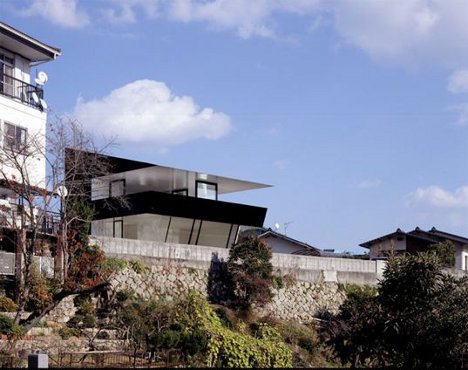
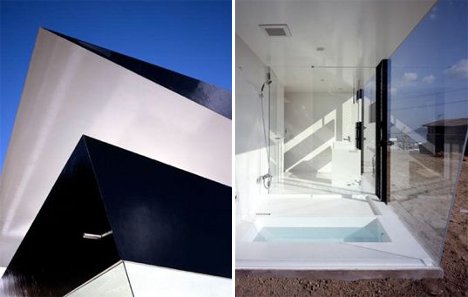
The home embraces both indoors and outdoors, allowing for plenty of natural light and natural ventilation via its ideal positioning. The East and West facades were designed to capture the optimal amount of sunlight each and every day.
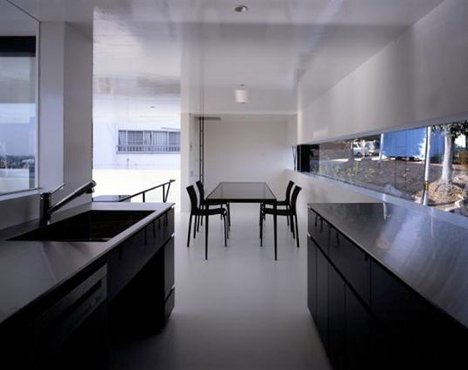
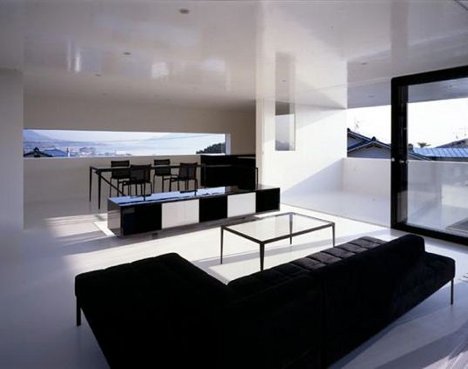
On the first floor, the kitchen and dining area occupy most of one side, while a giant bank of floor to ceiling windows take up the opposite side. The home’s green building principles allow for a reduced need for active heating and cooling systems.
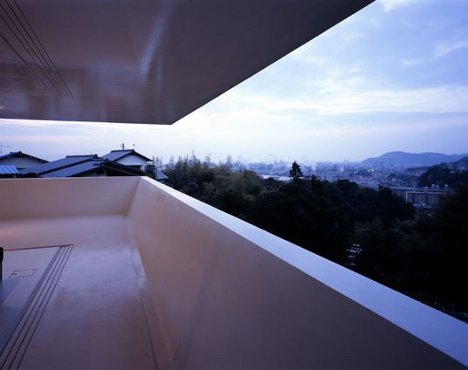
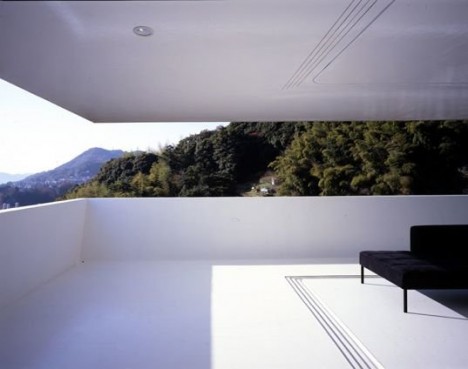
The home’s second floor includes a massive outdoor terrace along with an overhanging eave that shelters occupants from the elements. Additional huge windows carry on the passive solar design by allowing plenty of natural sunlight into the second story.
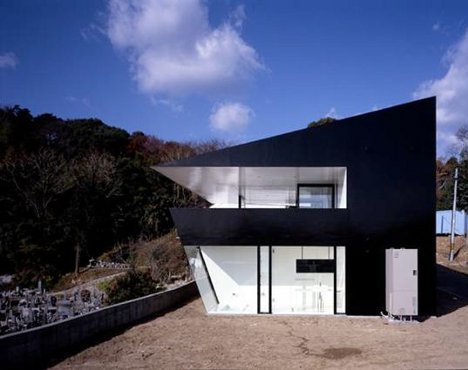
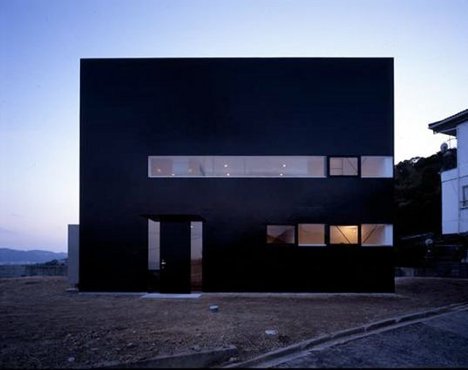
With an exceptionally contemporary exterior and an Earth-friendly philosophy, the Otake House splits the difference between modern and traditional. The home sits on a hill overlooking mountains and industrial areas, emphasizing its existence in two worlds at once.

Speak Your Mind